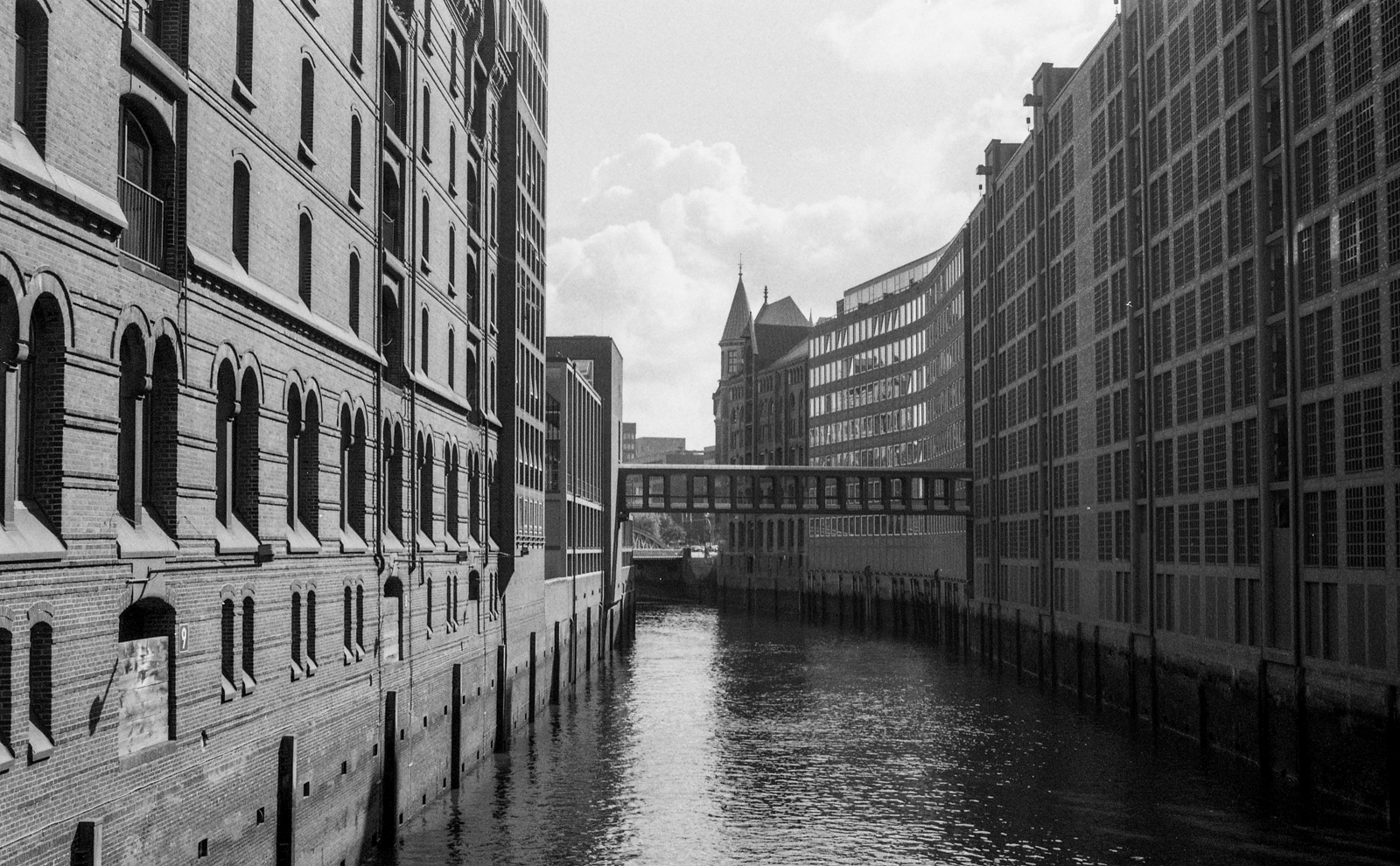TOC
Although Konica has ceased to exist for the past 20 years, the Japanese company could boast almost 130 years of experience in the photographic industry at the time of closing. Taking this small lens in hand, you soon realize the mastery achieved by the industry of the rising sun at the end of the 1970s. This pancake lens is one of the most versatile of focal lengths, suitable for practically everything. With a 40mm you can range from landscape to portrait and find its ideal uses in street and reportage. Over the years, this focal length, ignored almost until then, has gained more popularity, often being offered in very small sizes: a real all-rounder requiring minimum space and always ready to shoot.
In itself, this is not a difficult object to build, but in recent years the trend is quite clear. Net of Pentax special and commemorative editions, we preferred to focus on something cheap and functional, sacrificing a minimum of brightness. Canon chose this with its 40mm f2.8, super sharp, but not super bright. This Hexanon, on the other hand, has an aperture of 1.8 and, despite its construction in 1980, still holds up tremendously well. We will see well how this lens is a market-stupid lens to produce and its great success is the best testimony.

This lens is not suitable for street photography, it was born for that!
The 1960s was the time when reflex cameras were established. If before it was the rangefinders that were the masters, the introduction of the Nikon F1 is a watershed moment in photography. The innovation made will be better metabolized in the following years and we have to wait for the 70’s to observe the definitive overtaking of the SLRs. These are the years of Leica’s commercial flops with the M5 and at the same time, they mark Konica’s attempt to enter this world with its AR-Mount. Ten years earlier, Konica had already tried to introduce a new bayonet, the F-Mount, but with little success. It will not be the lenses, but the absence of real innovations in cameras that will condemn even the AR-mount to an untimely death, in the late ’80s. nevertheless, we will see how this 40mm is one of those really special lenses, capable of thickening all the boxes.
First, the definition: this lens is crazy sharp. It is as sharp as a reflex lens on film can be, it is useless to ask for more. The center then, closing just at 2.8 the diaphragm becomes exaggeratedly defined. The real limit with it is the film and the photographer’s choices. At full aperture, miracles are not to be expected, but not big losses in quality either. It would be better to always use it from 2.8 onwards, just like the vast majority of lenses. The awareness of having a full stop - and abundant! - of extra flexibility can make the difference in those situations where light is scarce. At the same time, you can choose to deliberately open the aperture for portraits with surprisingly pleasing bokeh.

At near full-aperture the lens is sharp, contrasted and shows a pleasant bokeh
Distortion is almost absent, as expected from this focal length. There are chromatic aberrations, but in the film they never become intrusive. I have not yet evaluated its performance on digital sensors, where it should be more pronounced, but also more easily correctable. The resistance to flares is good but not excellent, it can happen in the backlight to have annoying ones in the room. However, this is the fate of most contemporary lenses, at least of the affordable ones, and if known in advance, it avoids making beginner mistakes. In addition, we must consider how backlit photography is often an unpleasant affair and certainly not so common that we have to worry too much.
But it is the price that impresses most of all: a few years ago you could take home this all-around lens for less than the cost of two rolls. Today times have changed and normally it travels between 75 and 120 euros, but it is still a very advantageous price in my opinion. Indeed, Konica is not often referred to as one of the brands for newbies or to build a system on, but it is equally true that this lens alone makes a system. Combined with a solid camera such as an Autoreflex TC it becomes the perfect travel companion due to its very low weight and maximum portability.

The combination of focal lenght and crazy sharpness makes it perfect also for some lanscape shots while you are travelling.
Finally, this lens can almost serve as a lesson in economic history, explaining what Japanese industry was like after World War II, what made it great, and what marked its inexorable decline. It is a surprising lens, especially if we think of contemporary reflex lenses. You can perceive the optical quality infused into the project, as well as the obsessive attention to quality: I owned 4 specimens and none of them were below par. at the same time, however, we see the lack of foresight in terms of marketing: such a handsome 40mm has cannibalized all the other lenses in the series. Who needs an expensive and bulky bright 35mm more, or a 50mm with only 2/3 more stops of aperture but 3 times the price? The luck of this lens was also one of the causes of the downfall of a system that never took off and that it soon ended up on the shelves.
As you may have guessed from reading up to here, it is a lens that I recommend, and I’m not the only one! In recent years it has been particularly appreciated by photographers both on film and digital sensors, with surprising applications in the video sector. It is certainly the first lens that I would recommend to those who want to approach analog photography, but without thinking that it is a beginner lens. In addition, it has that unique feeling that is often sought in vintage lenses, so difficult to find today, without however compromising the image quality totally. It is simply a small great lens, which until now has not been lucky enough to have a great story. However, I am confident that the relative availability, the low prices, and its amazing optical quality can write new pages on this almost forgotten lens.